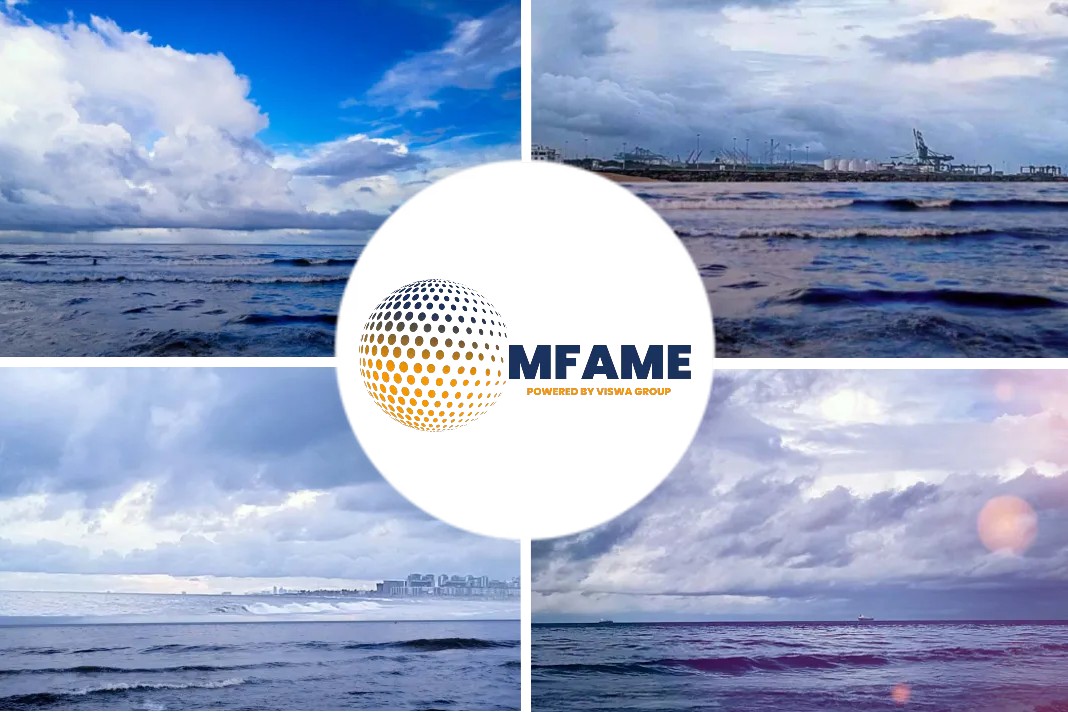A century ago, a large wooden cargo schooner called Vega sailed up and down the Swedish coast making zero-carbon deliveries, before the concept of carbon footprints existed. Now, the fully restored ship is sailing across the Atlantic to begin a new life delivering cargo for companies that are trying to cut emissions, says an article published in Fast Company.
Fossil-Fueled container ships
“Our mission is to prove the value of clean shipping,” says Danielle Doggett, CEO and cofounder of Sailcargo, the company that now owns the ship and will soon begin operating routes between North and South America. It’s starting with deliveries of speciality coffee from Columbia to New Jersey for Café William, a roaster that wants to sell the first emissions-free coffee.
Doggett, who started sailing on tall ships as a 13-year-old, started thinking about the potential to revive traditional cargo shipping more than a decade ago. In 2014, she and two partners launched the company and later began working on building a traditional vessel from scratch. While traveling, Doggett had also run across the Vega.
The ship, built in 1909, had been retired in the 1960s, as fossil-fueled container ships started to dominate trade routes. It was headed for the scrapyard when a family of Swedish shipbuilders rescued it and spent years restoring it; Doggett, who loved the design, stayed in touch with them and eventually made a deal to buy it.
Sailcargo
Ships transport more than 10 billion metric tons of cargo a year, and are responsible for more emissions than the airline industry. While shipping companies are working on less polluting technology, progress is slow.
“They have massive fleets, and filling stations, and all of these very real, tangible assets that take a very long time to transition,” Doggett says. A container ship running on fossil fuels might cost $100 million and last 25 years. Some companies are in the early stages of introducing new designs, like the shipping giant Maersk, which plans to launch a carbon-neutral vessel in 2023.
Others are experimenting with retrofitting technology on older ships to reduce, but not eliminate, emissions. And a handful of startups, like Sailcargo, are turning to traditional sailing to offer an alternative on some routes.
Sailcargo doesn’t expect to replace the massive industry. But as companies look for ways to reduce emissions, it can offer a solution that works now. Because it doesn’t use shipping containers—goods are loaded on pallets—it also has some logistical advantages.
“Some of these fast vessels have to wait at port often up to two weeks, because they’re dependent on the port infrastructure,” says Doggett. “They need the big crane to unload the container. We do not—we can unload ourselves.”
Costa Rica
As standard cargo ships idle, they keep burning fuel, sending pollution into nearby neighborhoods. The ships also have wait in line to refuel (and also often wait for days at a port for fuel prices to drop when prices are high).
“In the end, I’m actually hoping that our ships will be faster in terms of actual delivery turnaround, depending on which route we’re looking at,” she says. The ship can also accommodate unusually-sized loads, including cargo that’s so much smaller than a shipping container that it would normally travel by plane.
The model can be financially successful, Doggett says. “We want to be a for-profit company that operates emission-free, or even maybe be carbon [negative],” she says. “But we can also be paying fair wages and have a return on investment to our shareholders. “
Did you subscribe to our daily newsletter?
It’s Free! Click here to Subscribe!
Source: Fast Company























